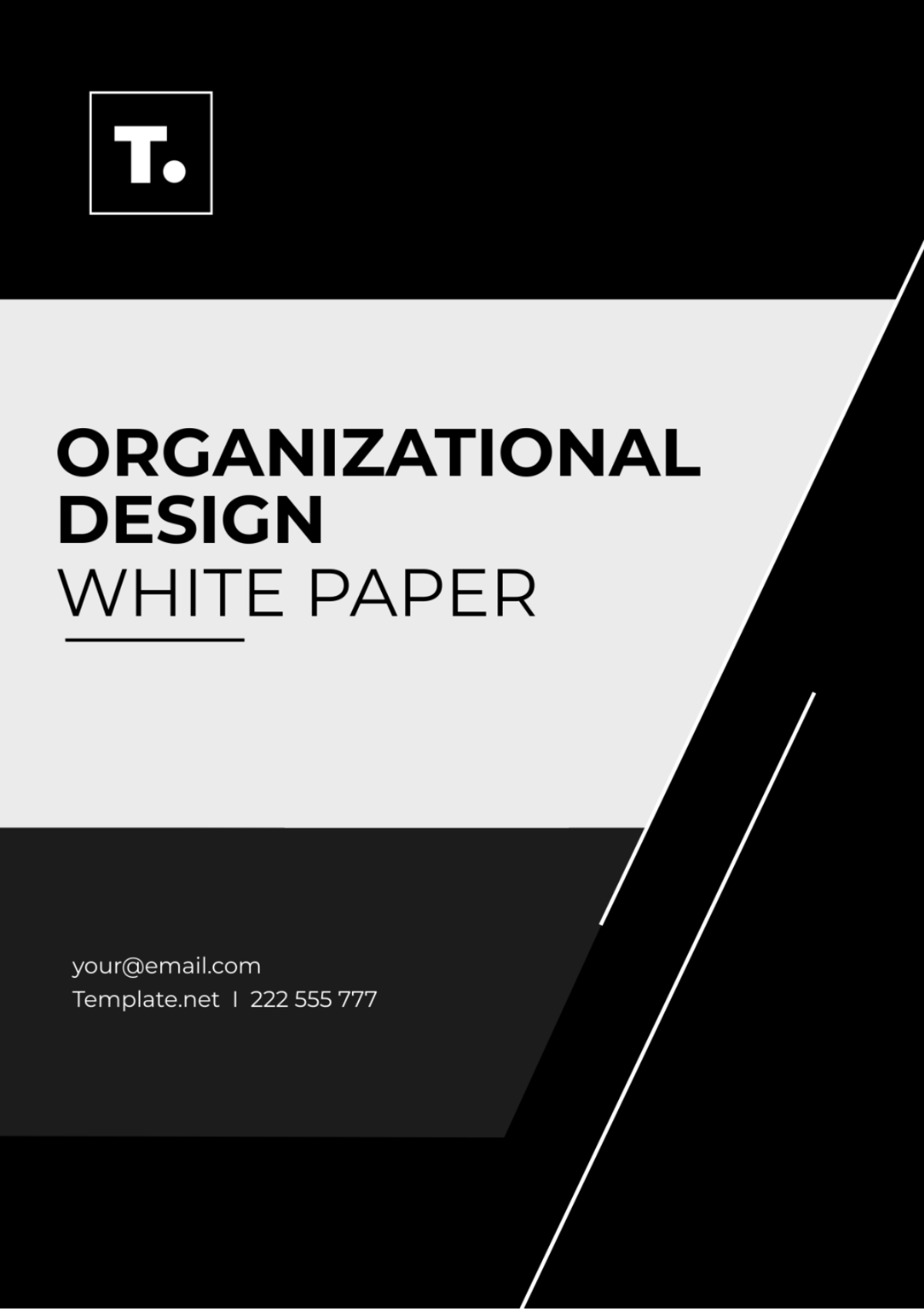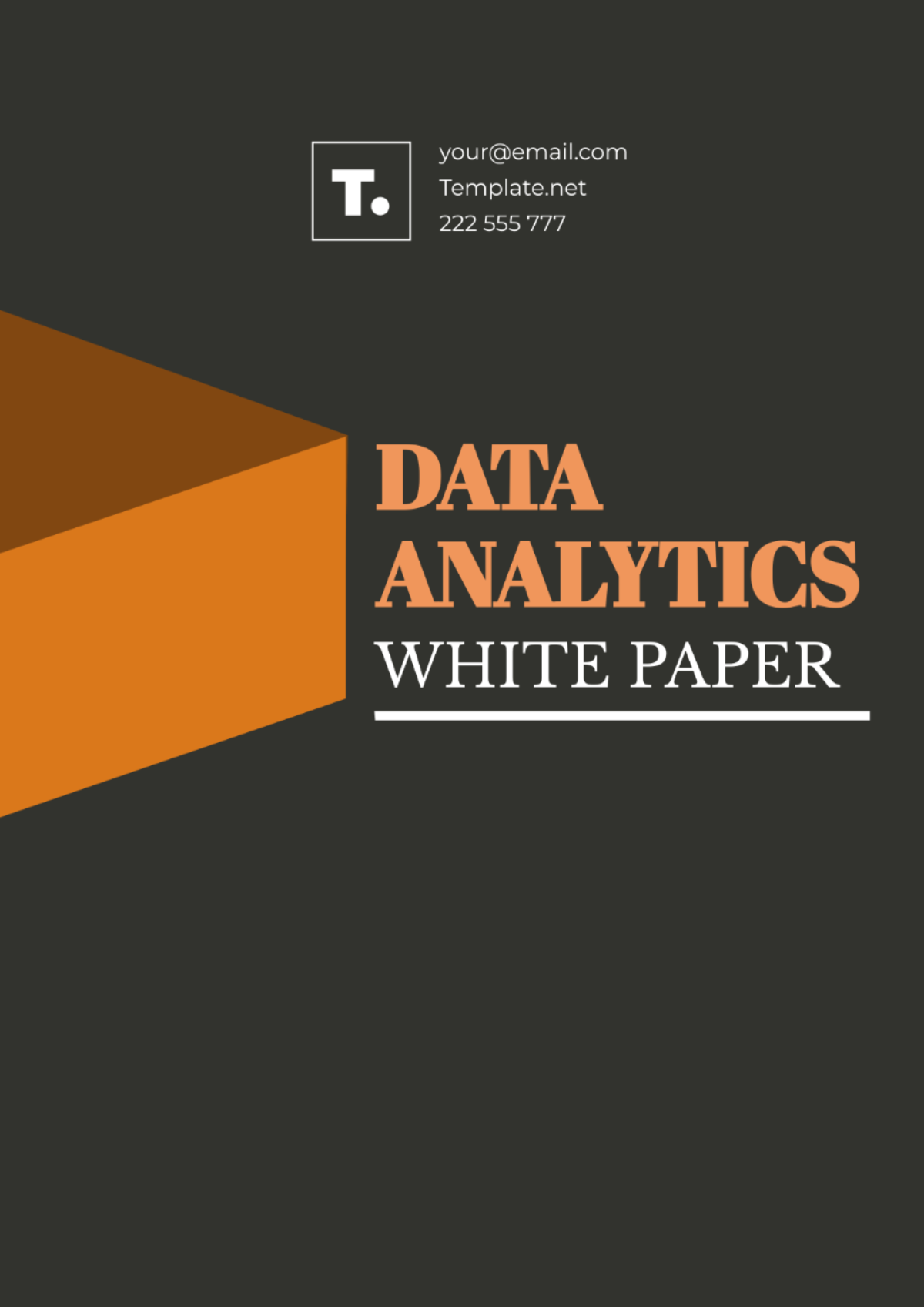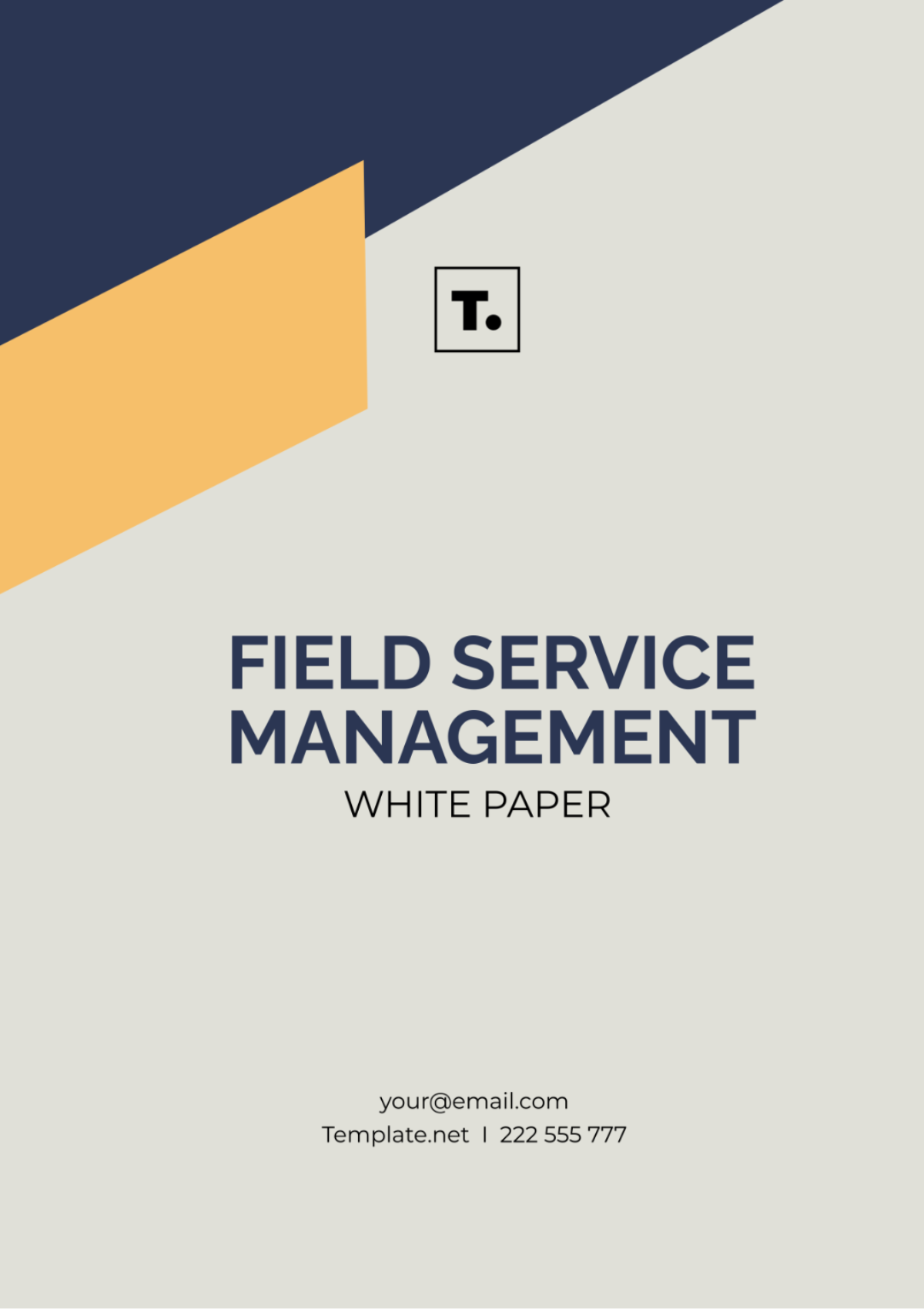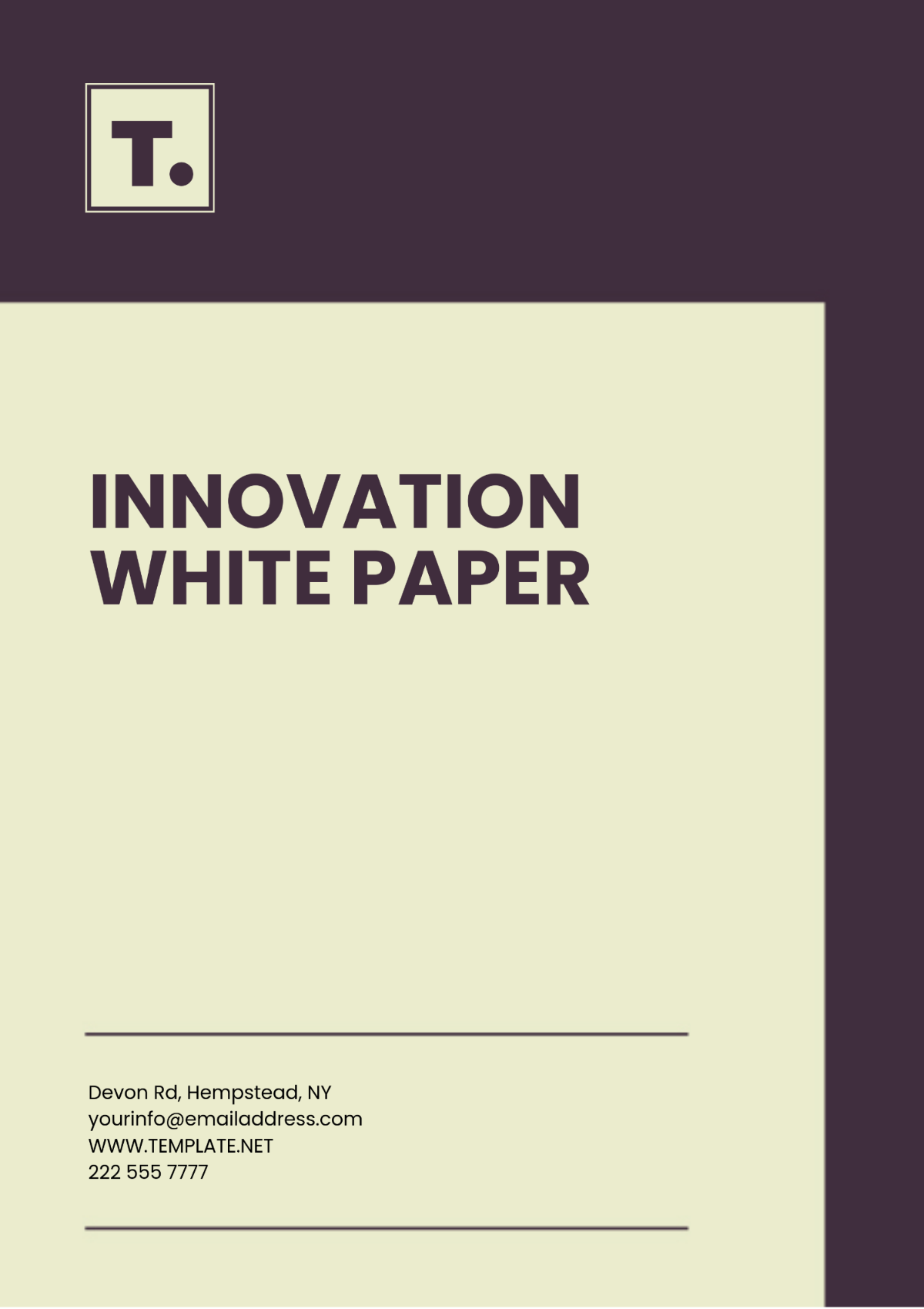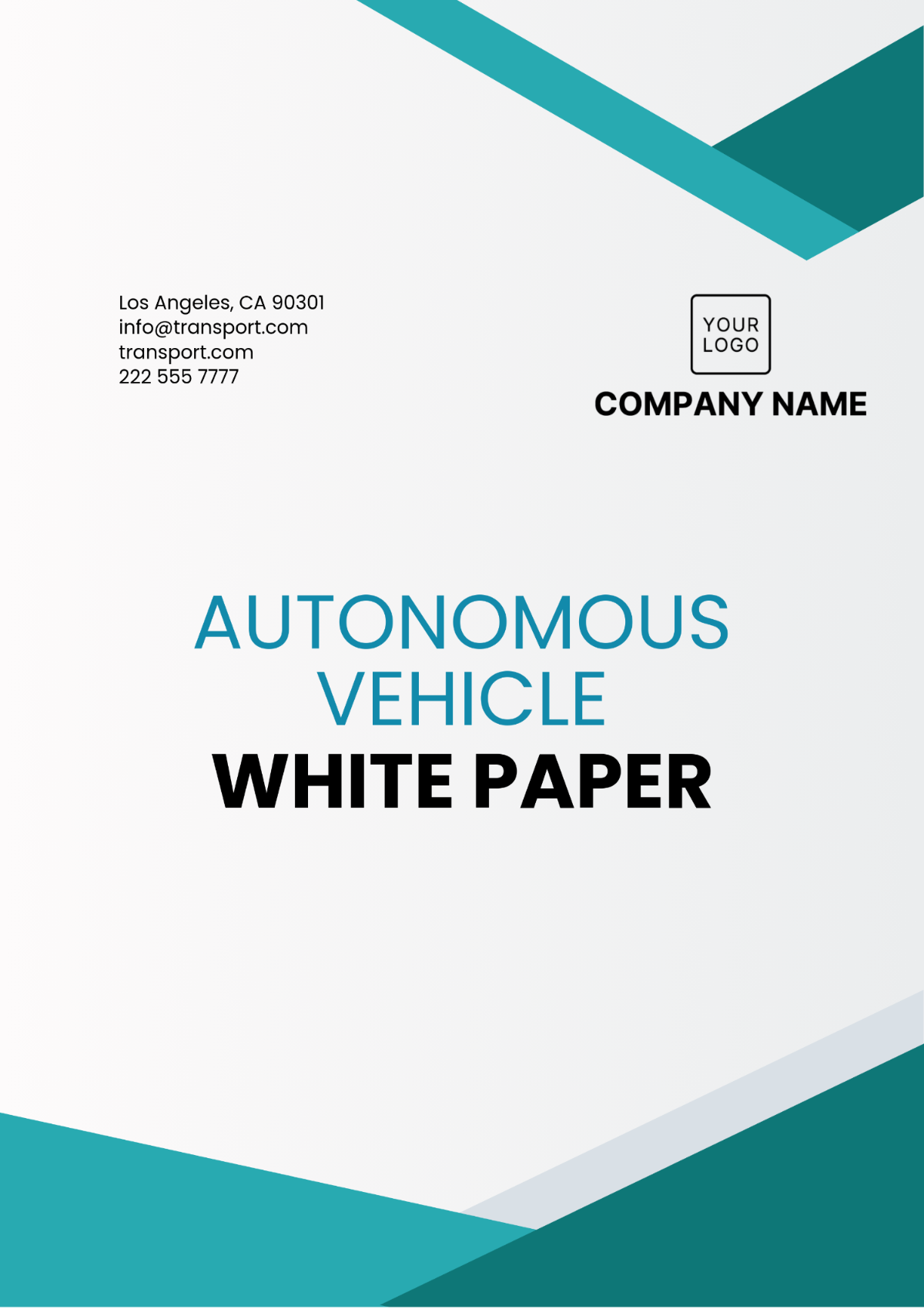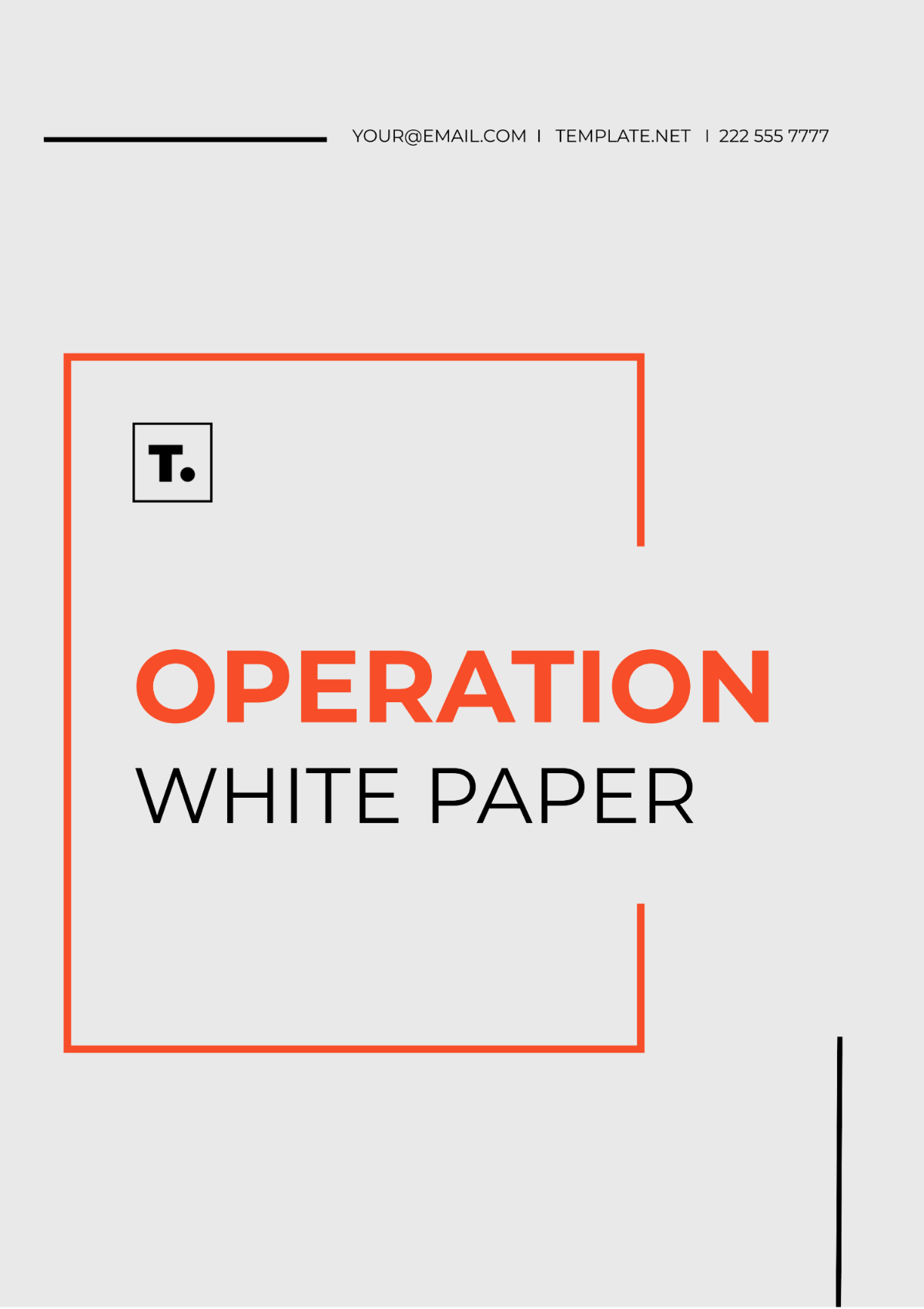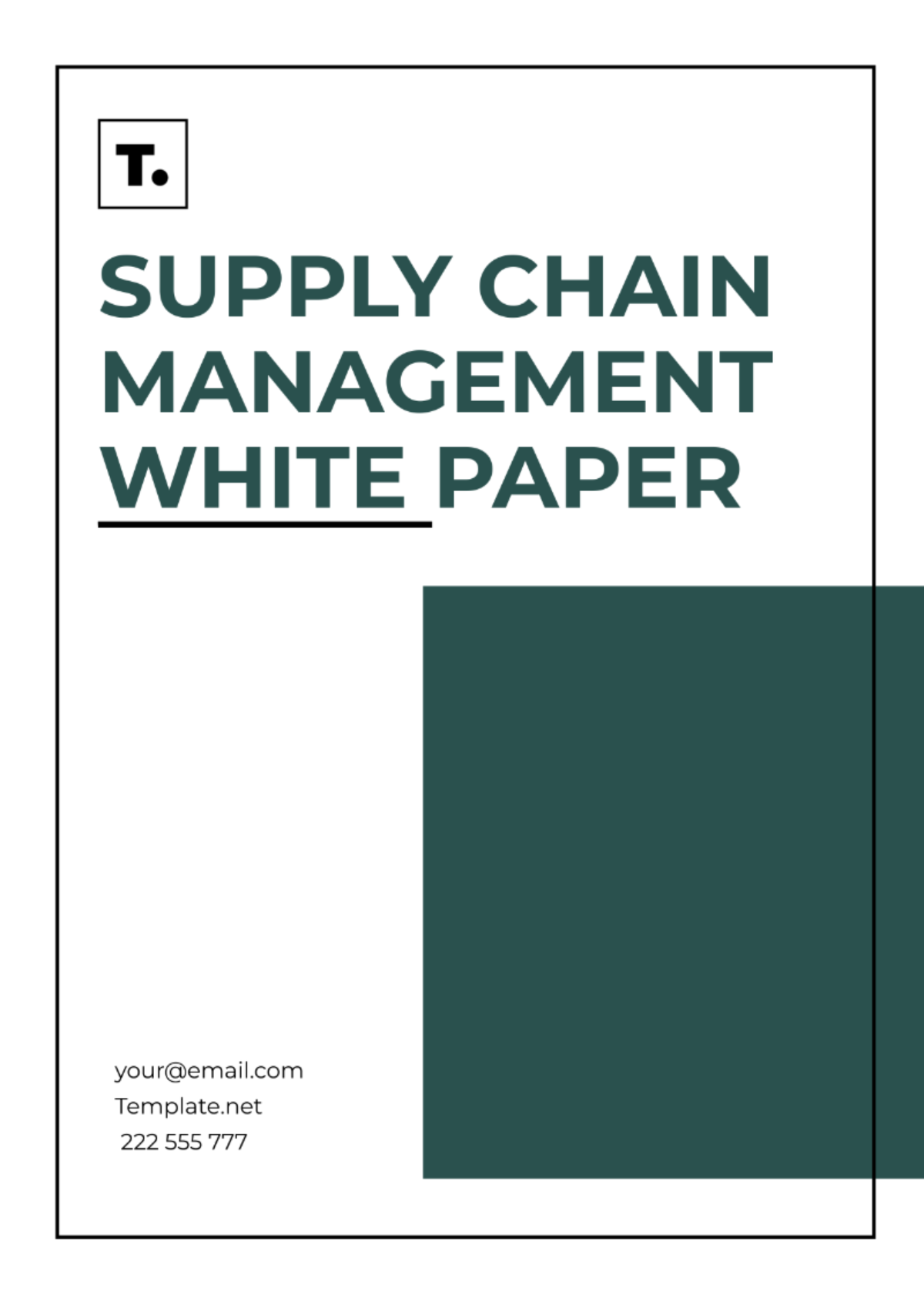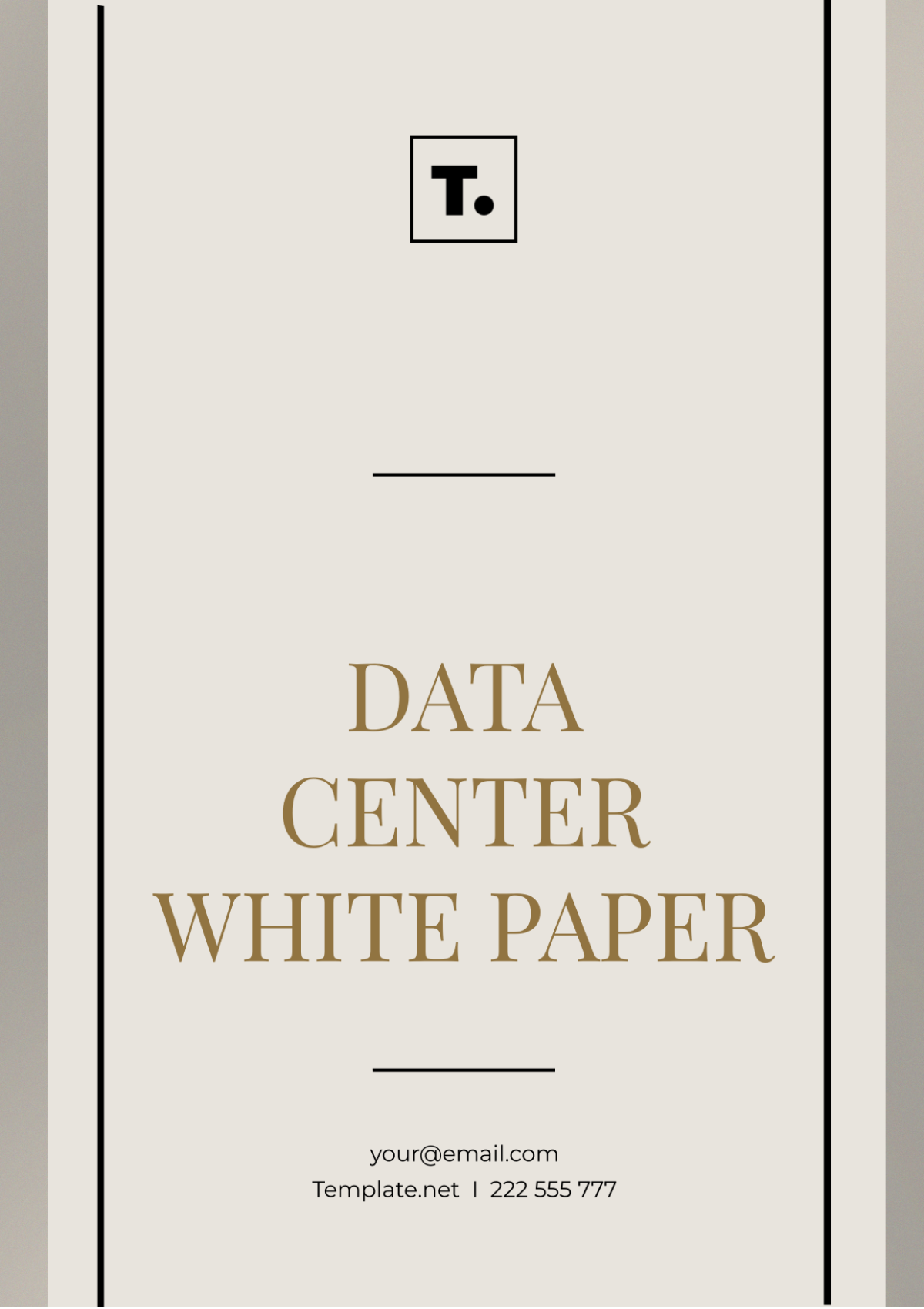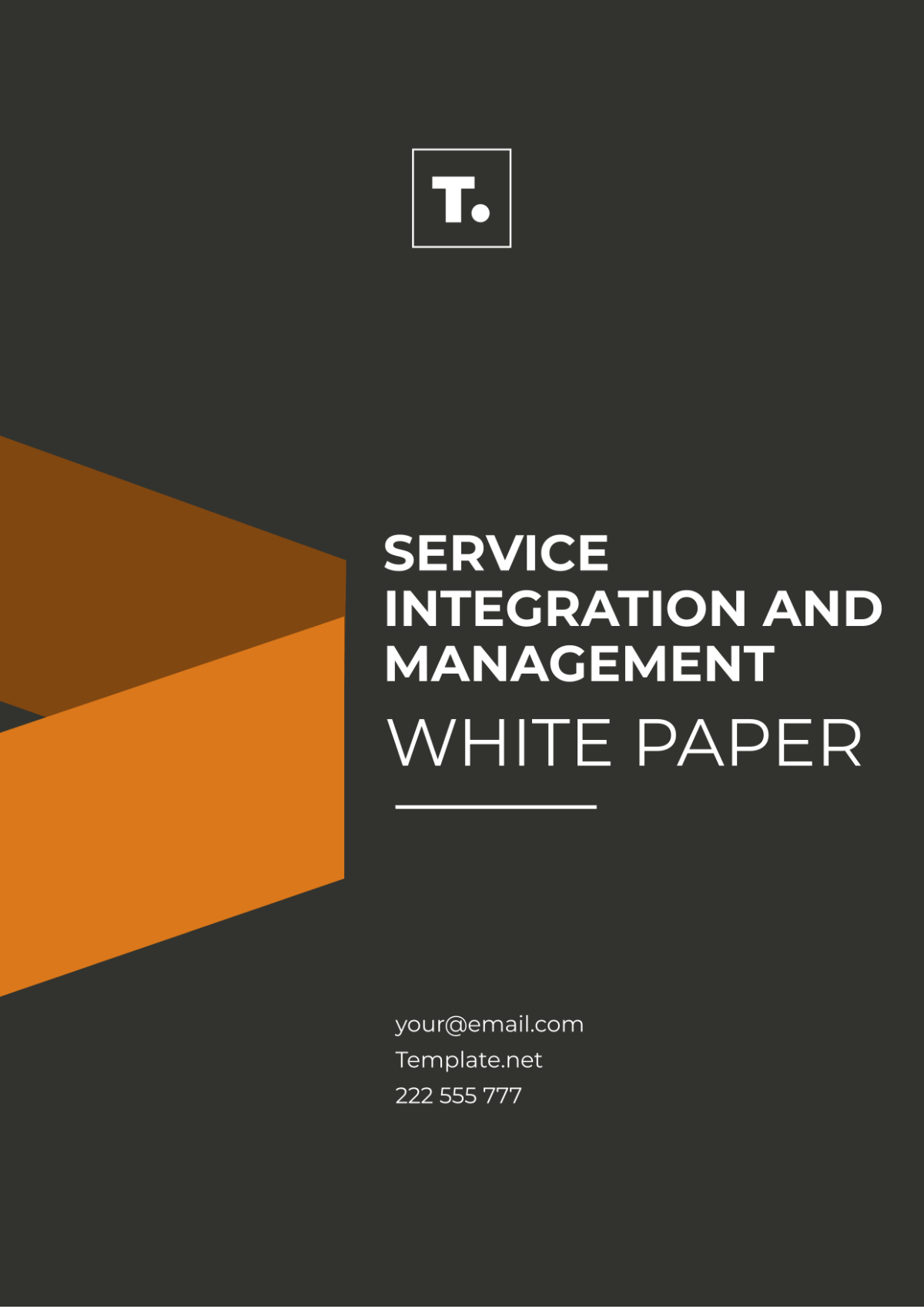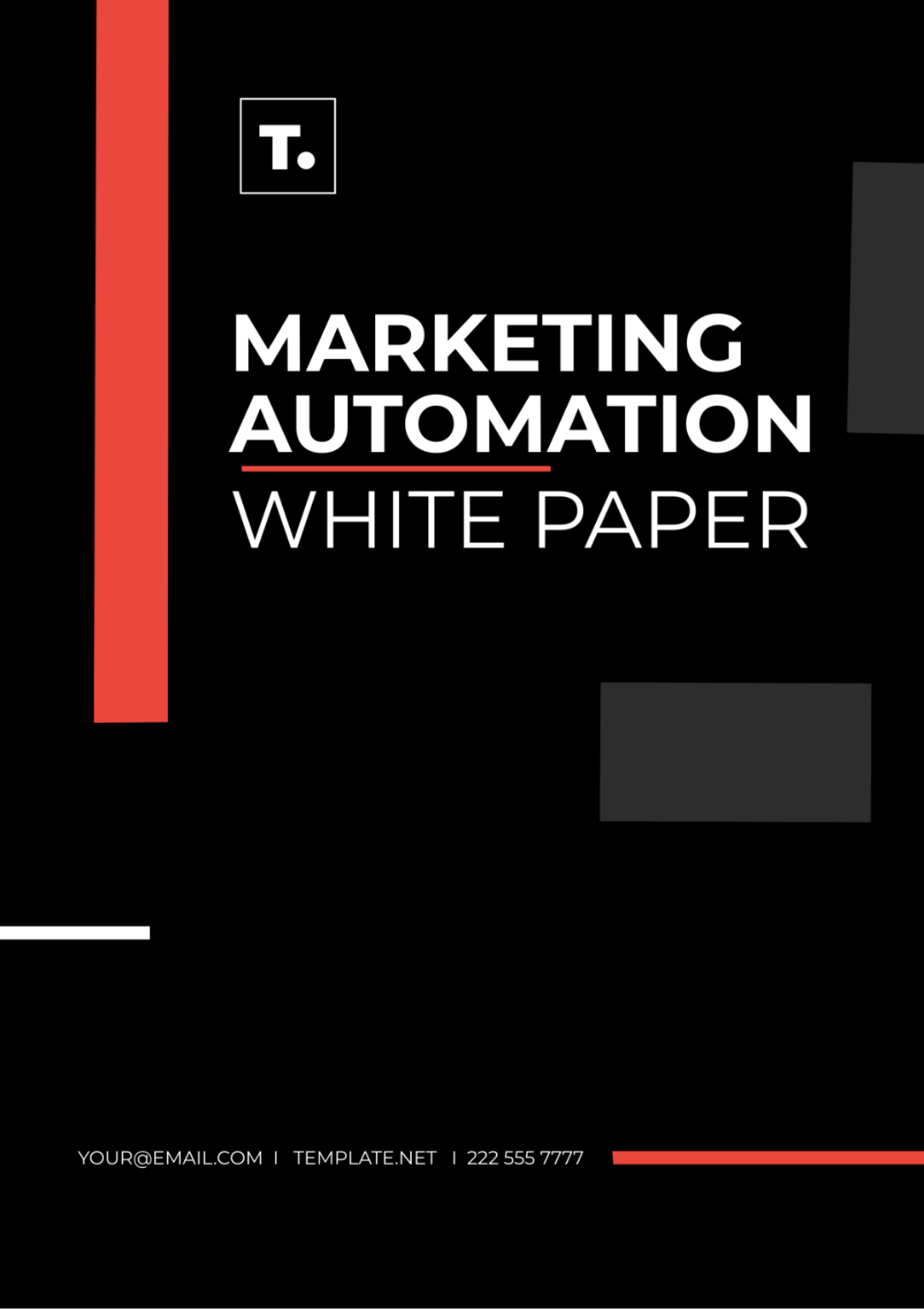Data Flow White Paper
I. Executive Summary
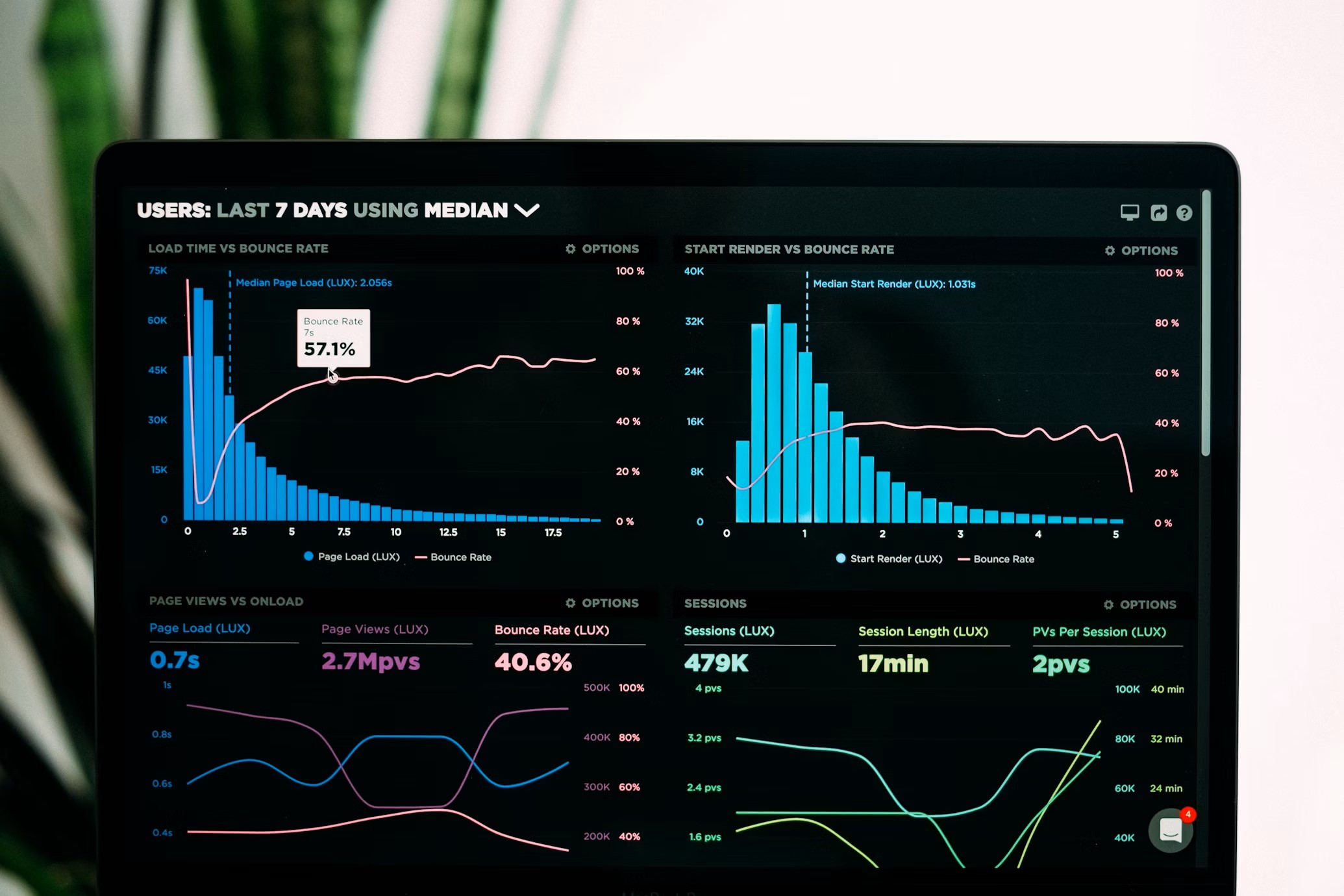
In this white paper, we explore effective strategies and technologies used by [Your Company Name] to manage and optimize data flow across various departments. We provide insights into the processes, tools, and protocols that drive our data management system, ensuring efficiency and security.
II. Introduction
The management of data flow within enterprises such as [Your Company Name] is crucial for maintaining operational efficiency and securing sensitive information. This document outlines our data flow strategy, focusing on key areas such as collection, storage, processing, and distribution of data.
III. Data Flow Architecture
At [Your Company Name], our data flow architecture is meticulously designed to ensure efficiency, security, and scalability throughout the data lifecycle. This architecture encompasses four fundamental layers:
Data Collection: This initial stage involves gathering data from various sources, including IoT devices, web interfaces, mobile apps, and external APIs. We utilize advanced collection methods to ensure data accuracy and integrity from the outset.
Data Storage: Once collected, data is securely stored in our scalable cloud storage solutions. We prioritize redundancy and resilience in our storage architecture to safeguard against data loss and ensure data availability across geographic locations.
Data Processing: At this layer, data undergoes processing and analysis using state-of-the-art data management software. This includes tasks such as cleansing, aggregation, and transformation. Our processing units are equipped with AI-driven algorithms to handle complex analytics, which enable predictive insights and operational efficiency.
Data Distribution: The final layer involves distributing processed data to stakeholders and systems. We ensure secure and timely data distribution through robust, secure data transfer protocols, allowing for seamless integration with downstream applications and decision-making processes.
IV. Technologies Used
To maintain and enhance our robust data flow architecture, [Your Company Name] employs a variety of cutting-edge technologies:
Cloud Storage Solutions: We use leading cloud storage providers that offer high scalability, which allows us to manage fluctuating data volumes efficiently and cost-effectively.
Data Management Software: For processing and analyzing large datasets, we utilize sophisticated software that supports real-time analytics and machine learning capabilities.
Secure Data Transfer Protocols: The integrity and security of data during transfer are paramount. We employ advanced encryption protocols and secure transfer methods to ensure that data remains protected from unauthorized access and breaches.
V. Case Study: Implementing Effective Data Flow
A recent initiative at [Your Company Name] demonstrates our commitment to continuous improvement in our data management practices. The project involved the enhancement of our data processing units with advanced AI algorithms to improve real-time data processing and segmentation capabilities.
Background: Our processing units were initially facing challenges in handling large volumes of data with varying degrees of complexity, which led to delays in data availability and impacted decision-making processes.
Solution: We integrated advanced AI algorithms specifically designed to enhance data segmentation and real-time processing. These algorithms were capable of automatically categorizing data at the moment of ingestion, significantly speeding up the analysis process.
Results: Post-integration, we observed a marked improvement in the efficiency of our data processing:
Speed: The processing time for large datasets was reduced by over 40%.
Accuracy: Improved algorithms enhanced the accuracy of data segmentation, reducing errors by 25%.
Scalability: The new system demonstrated enhanced scalability, efficiently handling a 50% increase in data volume without a decrease in performance.
Impact:
The improvements led to faster insights for our clients, enabling more agile responses to market changes. Our enhanced data flow efficiency also supported better resource allocation and reduced operational costs.
By continuously refining our data flow processes and integrating innovative technologies, [Your Company Name] remains at the forefront of efficient and secure data management solutions.
Table 1: Before and After Implementation Metrics
Parameter | Before | After |
|---|---|---|
Data Processing Time | 30 minutes | 5 minutes |
Error Rate | 5% | 0.5% |
VI. Challenges and Solutions
Handling data flow within [Your Company Name] comes with its own set of challenges. Key issues and solutions implemented are listed below:
Limited Real-Time Processing Capability: Upgrade to efficient, high-speed processors.
Data Security Risks: Implementation of end-to-end encryption protocols.
VII. Conclusion
This white paper provided a detailed look at the methodologies and technologies employed by [Your Company Name] to ensure effective data flow within the organization. As we continue to expand and evolve, these strategies will be vital in maintaining our leading edge in data management.
VIII. Call to Action
For further details on implementing similar data flow strategies in your operations, contact [Your Company Email] or [Your Company number]. Our team is ready to assist you in achieving seamless and efficient data flow management.










